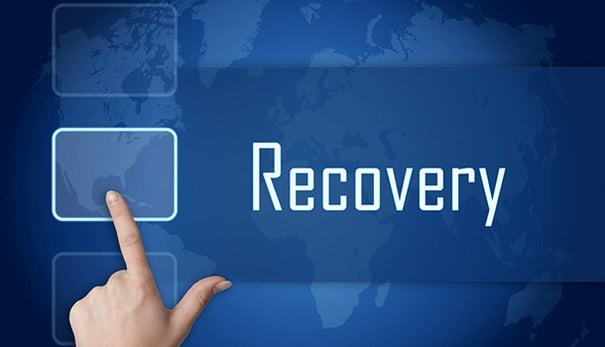 Testing your disaster recovery plans is incredibly important, especially for organizations that rely heavily on information technology to run. Typically, though these tests are done incorrectly. While the plans themselves may be solid, IT managers sometimes fall into a trap of running a test as a demonstration to show management everything is working great. This may help everyone feel better in the moment, but it does not solve the problem it was created to solve. Disaster recovery tests should find the cracks in your system and highlight what needs to be fixed before an actual disaster occurs.
Testing your disaster recovery plans is incredibly important, especially for organizations that rely heavily on information technology to run. Typically, though these tests are done incorrectly. While the plans themselves may be solid, IT managers sometimes fall into a trap of running a test as a demonstration to show management everything is working great. This may help everyone feel better in the moment, but it does not solve the problem it was created to solve. Disaster recovery tests should find the cracks in your system and highlight what needs to be fixed before an actual disaster occurs. So how should organizations test their data recovery plans? Here are a few key steps to consider:
Your Entire Enterprise
This is the best place to start. For all types of scenarios and challenges, this is the most comprehensive one. Turn everything off and then turn it back on again and take note of what happens. During a disaster, this is precisely what will happen, so you need to see exactly how systems respond and see which ones come back easily and which ones take time.
Top Priority Systems
As services come back online, try to prioritize which ones need to go on first. For some businesses, this may be internal communications or customer management systems, while for others it may be tied to back-office business needs. It all depends on what your organization values the most. If these systems do not return in the order you want, take note to change startup procedures during a real disaster. Additional resources should be put toward these systems, such as creating additional backup systems or contingency plans to ensure that what is most important is available first.
IT Staff vs. Third-Party Orgs
While IT staff are key to disaster recovery, it’s better if a third-party organization comes in to test a disaster recovery plan. This ensures that IT staff can adjust to a scenario as opposed to running through a checklist. They need to see how things will happen in real-time and be able to make decisions. If they already know the plan ahead of time it defeats the purpose of a disaster recovery test.
End Users
The end-user is ultimately who technology serves. Part of a disaster recovery system should focus on the people who actually use the technology. While they don’t need to worry about the nuts and bolts of what is happening with IT, employees need to know how staff will communicate with them during a disaster, including how they can provide valuable feedback about systems.
Are You Looking for a Cloud Service Provider in The Bahamas, the Caribbean, or Latin America?
If you're thinking about switching to a cloud service provider, consider Cloud Carib. Located in Nassau, Bahamas, Cloud Carib is a cutting-edge, cloud service provider that offers private, public, and hybrid cloud solutions. If you're looking for tailored cloud solutions from a reliable provider, call (800) 390-2806 to speak to a cloud specialist.
